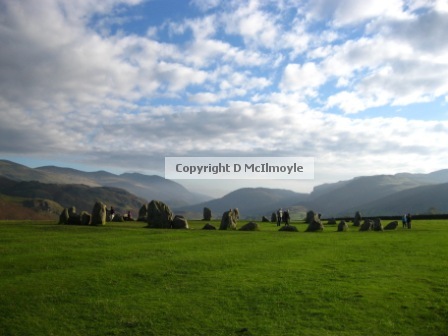One of the things you have to deal with if you’re interested in early history, especially of a small part of Britain, is that Aristotle’s line about abhoring a vacuum applies. We find that in the absence of easily proven facts, stories flood in to fill said vacuum – often in the Victorian period, but sometimes earlier – and as a result an awful lot of people have had many years to write books, speculate on the internet and generally promulgate stuff which has remarkably little evidence to back it up.
There are some subjects where lack of hard facts remains so troublesome that Continue reading








